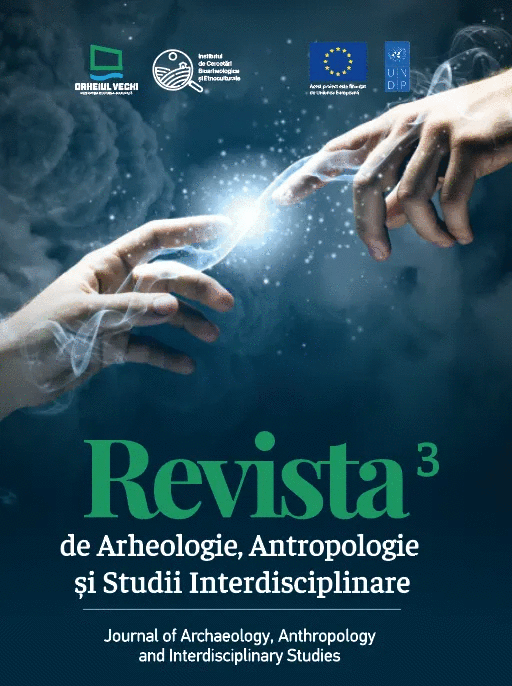Tumulul II de la Strejnicu (judeţul Prahova) – o prezentare arheologică și bio-antropologică
Archaeological and bio-anthropological research in mound II from Strejnicu (Prahova County)
Author(s): Alin Frînculeasa, Octav Negrea, Andrei-Cătălin Dîscă, Angela SimalcsikSubject(s): History, Archaeology, Ancient World
Published by: Bons Offices – Casa Editorial-Poligrafică
Keywords: tumuli;Yamnaya;absolute chronology;Prahova area;Sarmatians;
Summary/Abstract: In the last 10 years numerous mounds have been researched in the southwestern region of Prahova County, in which graves have been discovered, some dating to prehistoric times, others belonging to Turkic nomads (11th-13th centuries AD) or Christian populations. The research had a preventive role and aimed to save these funerary monuments exposed to real estate and industrial development, as well as intense agricultural exploitation. In this study, we publish the results of the excavation conducted in a mound located in the Strejnicu locality. Three inhumation graves were discovered, two of which were attributed to the Yamnaya communities, and the third one dated to the 3rd century AD. We provide information regarding the context of discovery, the burial ritual, the inventory of the graves, and the bioanthropological evaluation of the skeletons. The absolute dating of the prehistoric graves enables a summarizing approach to the evolution of these funerary features on the Romanian territory in the wider context of the West-Pontic area. The analysis of the grave dating from the 3rd century AD also enabled a first assessment of the contemporary discoveries coming from the research carried out during World War II in Ploiești-Triaj.
Journal: Revista de Arheologie, Antropologie și Studii Interdisciplinare
- Issue Year: 3/2021
- Issue No: 1
- Page Range: 67-104
- Page Count: 38
- Language: Romanian

